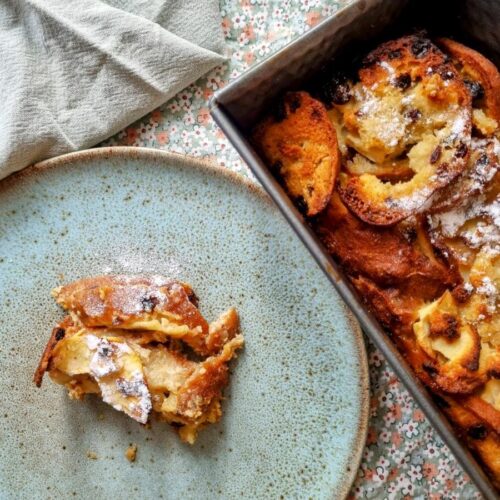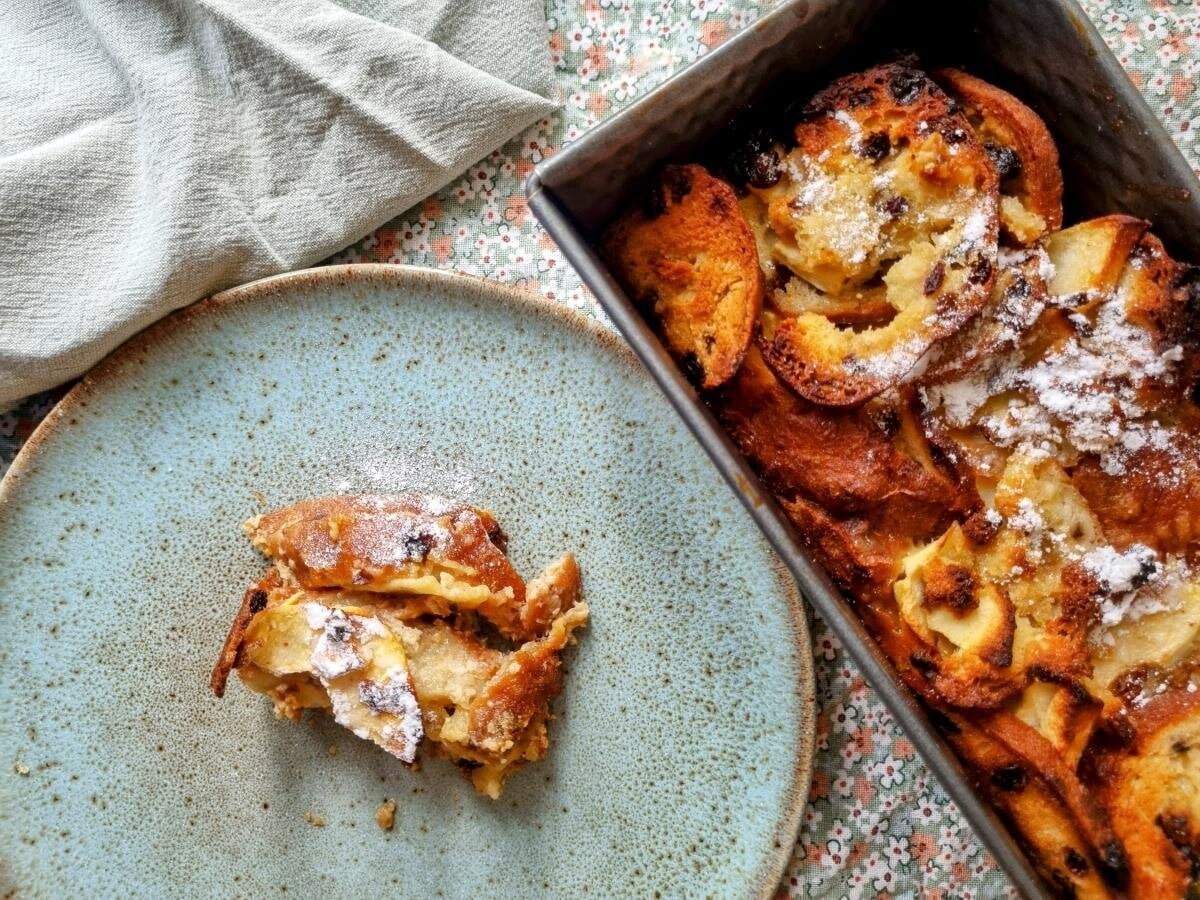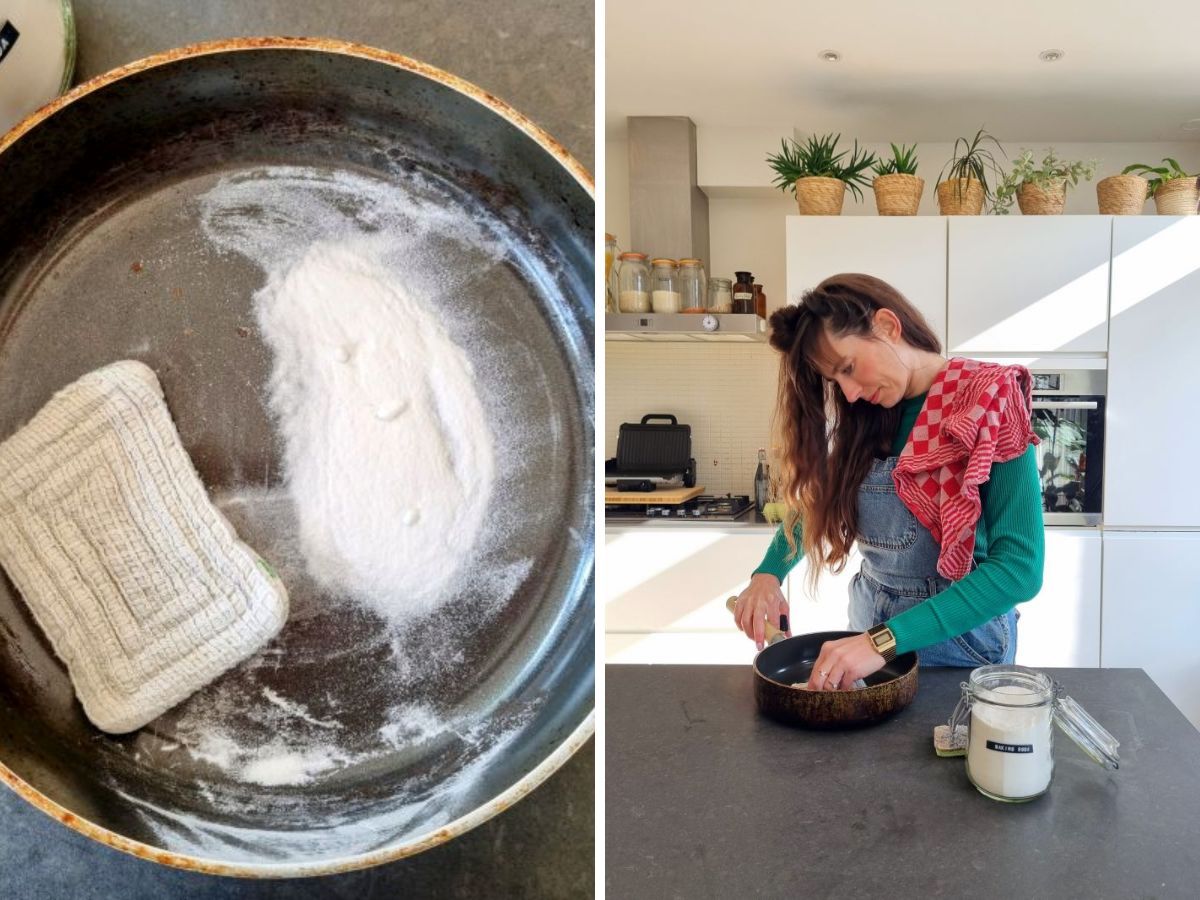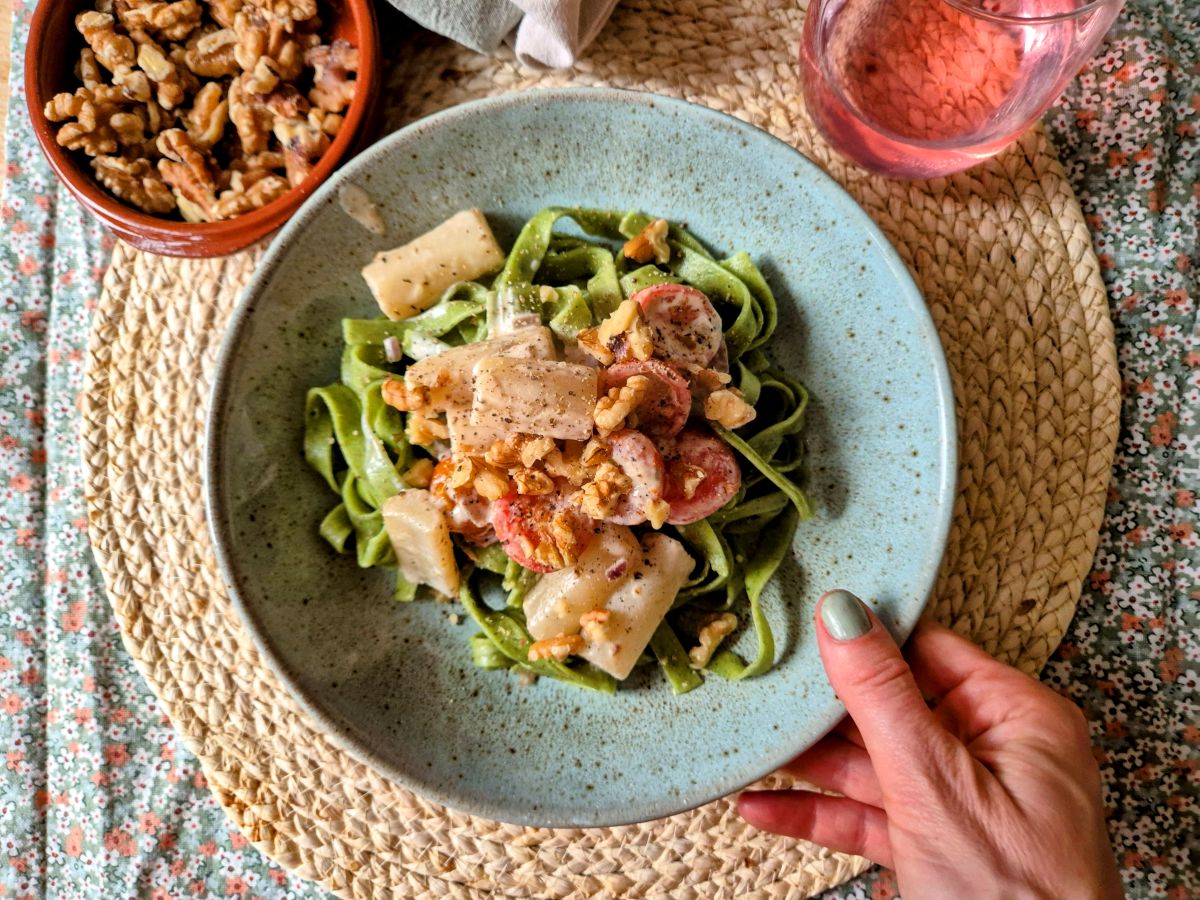It is an inevitable part of New Year's Eve: that bowl of leftover oliebollen (doughnuts) still among the leftovers from a perhaps just a little too cosy evening. A waste? Not to worry: oliebollen are also the day after And tasty afterwards... for example, when you make this oliebollenbrood out of them! With this clever recipe tipped to us by Goitskes Keuken, you will always make sure you have some leftover oliebollen from now on.
Leftover oil balls? Bake oliebollenbrood!
Everyone knows the following simple trick: leftover oliebollen? Pop them in a preheated 180°C oven for five minutes and they are as good as new again. Don't care much for the crispiness of the balls? Then just pop them in the microwave too. But it can be tastier! Simply put, oil balls consist of milk, flour, egg and sugar. Ingredients that you also find in almost every other baking. This means that if you have leftover oil balls, you actually have a perfect basis for another recipe. Combine them cleverly and you have a completely new dish!
Since when do we actually eat oliebollen?
Oliebollen are an important part of Dutch culture and are inextricably linked to the holiday season and the cold winter months. But since when exactly? There are several theories about the origins of the oliebol. Some claim that the round fried snack already existed in ancient times, when the Romans ate it as a kind of dough balls fried in oil. Others say the oliebol originated in the Middle Ages, to celebrate the end of December when the days were getting longer again. There are also sources that say that oil balls were baked specifically to hand out in the New Year to poor people who went door-to-door to wish everyone a happy New Year. So oil doughnuts were not óver after the new year, they were baked specially. Anyway, the oliebol has been a favourite pastry in the Netherlands for centuries.
Did you know...
- The donut is descended from the Dutch oil koeck?
- Oil balls contain fewer calories than an egg cake?
- Eight million oliebollen are sold in the Netherlands every year?
- Dutch people eat an average of eight oliebollen a year?
- People are becoming less and less likely to bake their own oliebollen? Source: Quest.
Reasons enough to make something delicious with your leftover bulbs!



The steps for making oliebollenbrood from tough oliebollen.

Bake oliebollenbrood from leftover oliebollen!
Kitchenware
- cake tin (25 cm)
- baking sheet
- mixing bowl
Ingredients
- 6 oliebollen or more if you have a larger cake tin
- 350 ml milk possibly vegetable
- 100 gr sugar
- 2 eggs
- 2 fluorescent cinnamon powder
- butter possibly vegetable, to grease
- currants or sultanas optional
- 1 apple optional, sliced
Instructions
- Preheat the oven to 180°C (hot air) or 200°C (electric).
- Beat sugar and eggs.
- Pour in the milk and add cinnamon powder.
- Cut the oil balls into slices and roll them through the egg mixture.
- Place a layer of oil ball slices in greased the cake tin and press down.
- Repeat this step until your oil ball slices are left. Would you like to add apple? Then put a layer of apple between the oil ball slices each time. Sprinkle in currants to taste.
- Pour the remaining egg mixture on top.
- Put your bake in the oven for 60 minutes and bake the oliebollen bread until golden brown or until the egg mixture is completely solidified.
- Let your oliebollenbrood cool well and then pour out of the mould.
Leftover oliebollen after baking your oliebollen bread?
Is your pile of oliebollen still not finished after making this oliebollen bread? We have a few bonus tips for you. Leftover oliebollen can also be turned into deliciously crispy French toast. This fun zero waste recipe also comes from our follower @goitskeskeuken.
Happy new year!
More sustainable tips from thegreenlist.nl
- Also see: no-waste, that's how you keep your ingredients longer!
- Also see: vegan fudge made from leftover Christmas wafers.
- Also see: Cooking with leftovers, this is what you make with them!
Photo credits: thegreenlist.nl.












